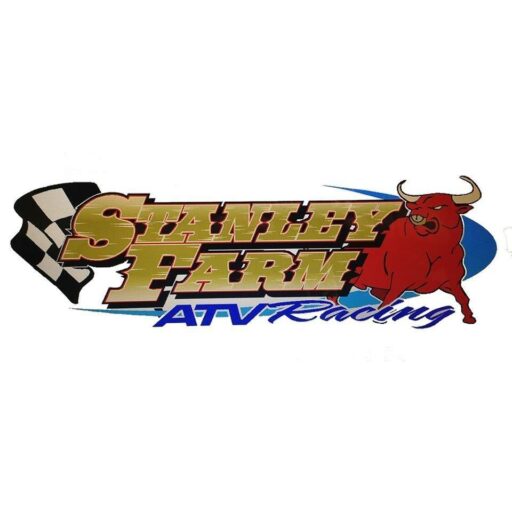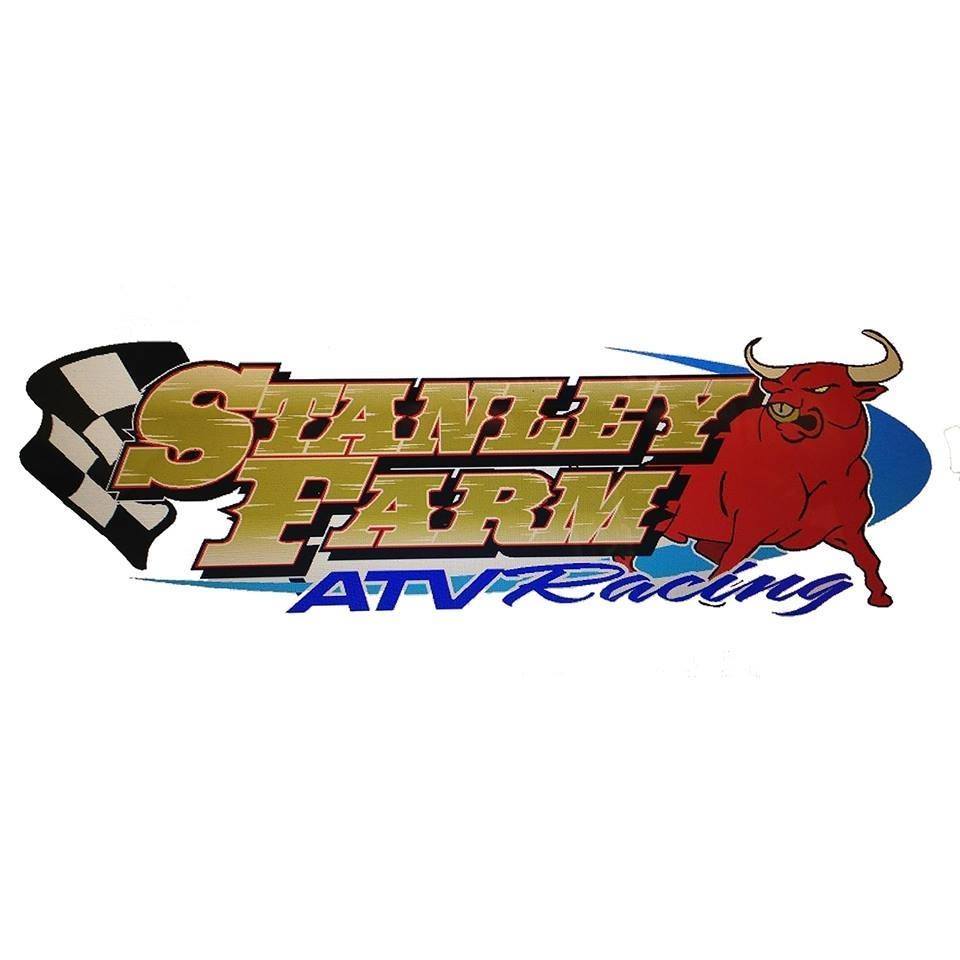Operating a Farm ATV isn’t just about hopping on and roaring off—especially when you’re navigating fields, mud, and uneven ground. Whether you’re a seasoned rider or new to the world of all‑terrain vehicles, following a clear, step‑by‑step safety routine is crucial. In this guide, we’ll walk through ten essential steps—from pre‑ride inspections to emergency planning—so you can enjoy your farm ATV with confidence and peace of mind.
1. Perform Pre‑Operation Safety Checks
Before you even think about turning the key, spend a few minutes on ATV safety checks. These quick inspections can catch small issues before they become big problems.
Inspect Fluids, Engine, and Electricals
Start by checking engine oil, coolant, brake fluid, and fuel levels. A low oil level can cause engine damage, while worn‑out brake fluid affects stopping power. Don’t forget to inspect the battery connections and wiring harness to avoid electrical hiccups mid‑ride.
Check Tires, Suspension, and Brakes
Give each tire a squeeze to ensure proper pressure and look for cracks or embedded debris. Bounce the ATV lightly to test suspension responsiveness. Then, squeeze the brake lever and pedal—both should feel firm. A spongy brake is a red flag.
Verify Lights and Signals
Make sure headlights, taillights, and brake lights work flawlessly—especially if you plan evening rides. Test turn signals and the horn so you can alert others on your farm paths. For more in‑depth safety tips, check our ATV safety guide.
2. Understand Your Farm ATV Model
Not all ATVs are created equal. Knowing your machine’s capabilities helps you ride smarter and safer.
Choosing the Right 2025 Models
This year’s 2025 models bring new features—from electronic fuel injection to improved suspension. Research models on our ATV models page to find one that matches your farm’s terrain and load‑carrying needs.
Comparing Gas, Electric, and Heavy‑Duty ATVs
Gas ATVs offer long range but require fuel storage. Electric ATVs are quiet and eco‑friendly, ideal for green tech enthusiasts. Heavy‑duty ATVs can tow and haul big implements—perfect for large farms. Explore electric ATVs if you’re considering a low‑emission option.
Reviewing Specifications on ATV Models
Look at engine displacement, torque, towing capacity, and weight. Match these specs to tasks like towing trailers, spraying crops, or hauling feed. Don’t overlook fuel efficiency if you’re logging long hours in the field.

3. Wear Proper ATV Safety Gear
Riding gear is your first line of defense. Even a slow‑speed fall can lead to serious injury without the right protection.
Helmets, Goggles, and Eye Protection
A DOT‑certified helmet is non‑negotiable. Pair it with shatterproof goggles or a face shield to guard against dust, branches, and flying stones. Proper eye protection ensures you never lose sight of the path ahead.
Boots, Gloves, and Protective Clothing
Over‑the‑ankle boots with non‑slip soles keep your feet secure on footrests. Durable gloves improve grip and prevent blisters. Wear long sleeves and pants made of tear‑resistant material to protect your limbs from scrapes.
Choosing Accessories for Comfort
Consider heated grips for chilly mornings or a hydration pack for long rides. Our ATV accessories section has gear to enhance both safety and comfort.
4. Master Basic Farm Riding Techniques
Safety also means skill. Take time to learn and practice fundamental riding techniques before tackling tough terrain.
Mounting and Dismounting Safely
Always engage the parking brake and turn off the engine when mounting or dismounting. Use three points of contact—two hands and one foot or two feet and one hand—to prevent slips.
Smooth Acceleration and Braking
Rather than stomping the throttle, roll into acceleration progressively. Same goes for braking: squeeze the brakes firmly but smoothly to avoid skidding. Practice in an open area until these motions become second nature.
Handling Steering and Cornering
Lean into turns and keep your weight balanced over the ATV. Look through the turn—your ATV will follow your eyes. For more riding tips, see our farm riding tips tag.
5. Assess Terrain Before Riding
Jumping on your farm ATV without scouting the route is like walking blindfolded on rocky ground. Always do a quick terrain check.
Identifying Off‑Road Hazards
Watch out for hidden ditches, slippery mud patches, and low branches. These obstacles can flip your ATV or throw you off balance.
Planning Your Farm Route
Map out your path before you go. Choose routes that match your ATV’s capabilities—avoid deep water crossings if your model isn’t waterproofed.
Navigating Slopes and Obstacles
Approach hills straight on rather than at an angle to maintain traction. When crossing logs or rocks, lift the front wheels gently over the obstacle rather than powering through.
6. Maintain Safe Speed and Control
Speed thrills—but on a farm ATV, it also kills. Finding the right pace is key to preventing rollovers or loss of control.
Adjusting Speed to Conditions
Slow down on wet or loose surfaces. Reduce speed when carrying heavy loads or navigating sharp turns. Always ride at a speed that allows you to stop within your sight distance.
Throttle and Brake Coordination
Avoid sudden throttle twists or abrupt braking. Smooth transitions between power and deceleration keep all four wheels grounded, improving stability.
7. Secure Loads and Attachments Properly
Your farm tasks often involve hauling tools, feed, or implements. Improperly secured loads can shift and destabilize your ATV.
Using Farm Equipment Racks and Hitches
Mount heavy items close to the ATV’s center of gravity—generally over the foot wells. Use dedicated farm equipment racks and C‑clamp hitches rated for your model.
Balancing Weight and Stability
Aim for a 60/40 front‑to‑rear weight distribution when possible. Too much weight at the back can cause tipping during acceleration, and too much forward weight can make steering sluggish.
Attaching Productivity Gear Safely
Install ATV attachments like sprayer booms or tool carriers according to the manufacturer’s instructions. Ensure all bolts and pins are torqued correctly to prevent on‑the‑fly failures.
8. Follow a Regular Maintenance Schedule
A well‑maintained farm ATV is a safe ATV. Create a routine to keep your machine in peak condition.
Cleaning, Lubrication, and Fluid Checks
After muddy rides, wash your ATV thoroughly to prevent rust and mud buildup. Lubricate chain drives, suspension pivots, and cables. Check oil, coolant, and brake fluid levels every 10 hours of operation.
Logging Maintenance and Repairs
Keep a maintenance log documenting oil changes, filter replacements, and part inspections. This habit helps catch recurring issues before they become major repairs.
When to Consult Professional Technicians
If you notice unusual noises, leaks, or performance drops, consult your local ATV specialist. Many repairs—like clutch adjustments or engine tuning—are best handled by trained mechanics. For DIY tips, see our maintenance and repairs guides.
9. Ride Responsibly and Respect the Land
Your farm ATV adventures should leave the environment better than you found it.
Supporting Eco‑Farming Practices
Stick to existing trails and paths to minimize soil erosion. Avoid wetland areas that can be damaged by tire tracks. Learn more about eco‑farming principles to protect your land.
Avoiding Restricted or Hazardous Areas
Observe property boundaries and no‑ride zones. Respect wildlife habitats—noise and tire marks can disrupt natural breeding grounds.
Communicating with Farm Crew
Use radios or mobile devices to let coworkers know your route and ETA. Clear communication prevents accidents and ensures help is only a call away.
10. Prepare for Emergencies and Breakdowns
Even the most cautious rider can face mechanical failures or medical emergencies. Preparation is your best defense.
Carrying a First Aid and Repair Kit
Your first aid kit should include bandages, antiseptic wipes, and splints. For mechanical emergencies, pack basic tools, duct tape, spare spark plugs, and a tire repair kit.
Using Communication Devices in the Field
Whether it’s a two‑way radio, satellite phone, or smartphone, ensure you have a reliable way to call for help. Check device batteries before hitting the trail.
Emergency Planning and Rescue Protocols
Share your riding plan with a family member or coworker. Establish check‑in times and designate a rescue point. Knowing someone’s expecting you adds an extra layer of safety.
Conclusion
Riding a farm ATV can revolutionize how you manage fields, livestock, and equipment—if you do it safely. By following this 10‑step guide, you’ll build confidence, minimize risk, and prolong the life of your machine. From pre‑ride inspections and proper gear to terrain assessment and emergency readiness, each step serves as a vital cog in your safety routine. Ready to take your skills further? Explore our full library of how‑to guides for in‑depth tutorials and expert tips.
FAQs
1. How often should I perform pre‑ride checks on my farm ATV?
Ideally before every ride. Quick inspections take just a few minutes but can prevent major issues.
2. Can I use my farm ATV in wet or muddy conditions?
Yes, but reduce speed, use proper tires, and avoid deep puddles to prevent engine damage.
3. What’s the best way to secure heavy loads on an ATV?
Use factory‑rated racks and hitches, center the weight, and secure with ratchet straps or bungee cords.
4. How do I choose between gas and electric ATVs for my farm?
Consider range, charging availability, and emission requirements. Electric ATVs are quiet and eco‑friendly, while gas models offer longer range.
5. When should I schedule professional maintenance?
If you notice performance issues, strange noises, or after a set number of operating hours (check your owner’s manual).
6. Are helmets mandatory when riding a farm ATV?
While regulations vary, wearing a DOT‑certified helmet is strongly recommended for every ride.
7. Where can I find more ATV safety and maintenance tips?
Visit our main site at Farm ATV and check out tags like ATV safety and maintenance repairs.


